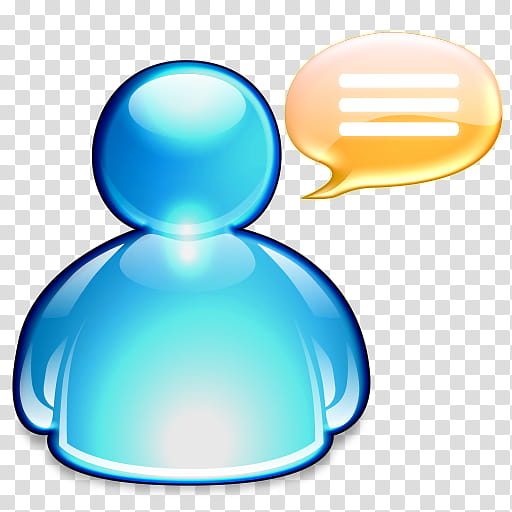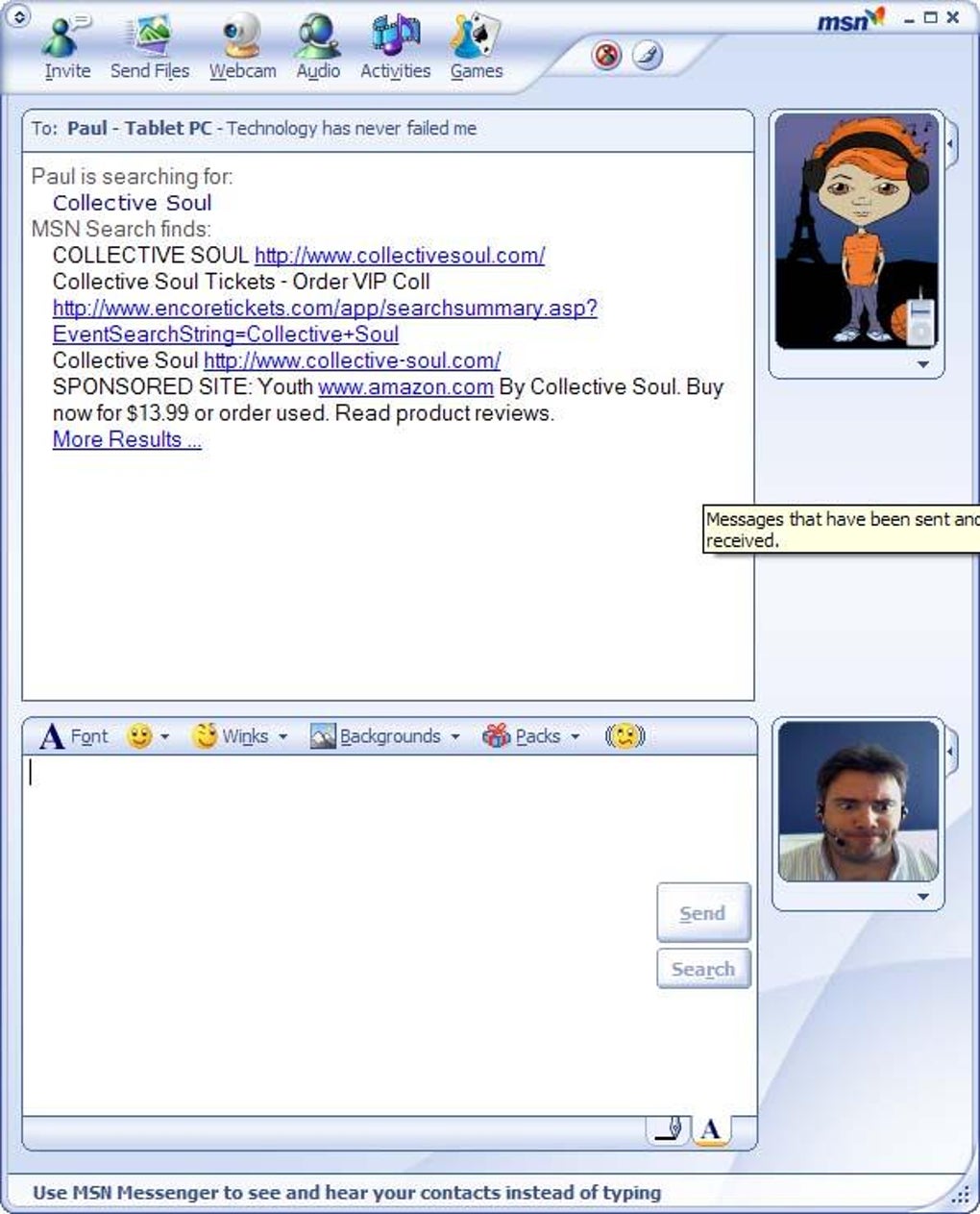

Microsoft's plan to integrate MSN into Windows created more problems, in particular an icon on the Windows desktop which enabled computer users to sign up with the MSN service with the click of a mouse.
#Msn messenger drawing install
Microsoft was hard at work developing a Web browser and other software for MSN, and it planned to install them all on Windows 95, the new version of its best-selling operating system, due for release around the time MSN was going online. Nonetheless, because MSN bore the Microsoft name, most observers expected it to be a rousing success. When the Microsoft Network debuted in August 1995, it did not yet offer Internet access -a feature its primary competitors, like AOL and CompuServe, had already implemented. Microsoft, however, was unable to react quickly to the change. The Internet rapidly began displacing the old private dial-up networks. For the cost of a browser and a modest monthly charge, users could surf the vast network. The Internet, an incomparably larger network, was opened to the public. In 1994, however, while Microsoft was designing MSN, the online world underwent a momentous change. was stored on a private network and could only be accessed by paying subscribers via local dial-up numbers. In such a "closed" system, all content -databases, bulletin boards, etc. When Bill Gates decided in 1993 that Microsoft should launch its own online service, it was conceived as a private dial-up service on the order of CompuServe or Prodigy at the time. In fact, AOL managed to sign up 7 million new members in 2001 alone -more than MSN's entire subscriber base.

And though it was number two in September 2001, MSN was a distant second, its 6.9 million subscribers well behind over 31 million at AOL. Reaching that level, however, was an achievement fraught with missteps, turnarounds, and failure that only a company with the size, power, and deep pockets of the Microsoft Corporation could have survived. According to MSN, in late 2001 it had agreements with over 10,000 businesses that brought in some $6 billion in e-commerce every year.īy 2001, its burgeoning partnership, its slowly growing subscriber list, and the pure glitter of the Microsoft name had helped raise MSN to the number two spot among online services, second only to AOL.

The site has become a nexus of e-tailing with stores like Barnes & Noble and The Discovery Shop represented. The service has forged strategic alliances with firms, such as AltaVista, John Hancock Mutual Life Insurance Co., Merrill Lynch & Company Inc., Unilever PLC, and Barnes & Noble Inc., which in turn sponsor a number of individual services on the MSN site. MSN's millions of subscribers can use MSN to access the Internet and the proprietary portions of MSN.com. MSN derives its revenue from a combination of subscription fees, advertising, and e-retailing agreements.
#Msn messenger drawing free
MSN.com is a multi-service web portal, comparable to America Online (AOL) or Yahoo, which offers a number of free features to surfers of the Web, including email from Hotmail, news from MSNBC and Newsweek magazine, a variety of financial and shopping services, and MSN Web Communities, a network of chat rooms and online communities. The Microsoft Network -MSN for short -is an online service owned by the Microsoft Corporation.


 0 kommentar(er)
0 kommentar(er)
